Introduced at the 2013 New York Auto Show the 2014 Jaguar XJR is here to spice up the luxury segment! Is it a serious contender for the best performance luxury car of the year? We flew to Seattle to find out!
The latest generation of Jaguar’s flagship model, the XJ was first launched in 2009. Since than Jaguar has released updates to the XJ lineup on a yearly basis. Improving the ride, performance and fuel consumption continuously. Now its time for the most potent variant to join the party. With 550hp and 680Nm of torque, Jaguar is pushing the boundaries of performance of their luxury saloon to new heights.
Over the course of two days we had the opportunity to drive the new XJR around Seattle and its surrounding area. We also stopped at a brand new race track called Ridge Motorsports Park to see how the XJR does on track. But before telling you all about our driving experience we will talk you through some of the essentials of the 2014 Jaguar XJR.
The Engine
The XJR features Jaguar’s signature engine, the 5.0-litre supercharged V8 engine. In the XJR this engine delivers 550hp at 6500 RPM and 680Nm of torque between 2,500 and 5,500 RPM. Up 40hp and 55Nm of torque compared to the XJ Supersports.
Performance
With the ‘R’ badge Jaguar put the emphasis on high performance luxury. This means their objective was to make the Jaguar XJR as responsive and high-performance as possible without losing the refinement.
With the uprated engine and the optimized setup of the 8-speed ZF gearbox the XJR propels from 0-100 km/h in just 4,6 seconds and continues to an electronically limited top speed of 280 km/h.
The Jaguar XJR has also received optimized calibration for the active electronic differential and Dynamic Stability Control system to allow for improved performance through corners and under stress.
The Jaguar XJR comes with Jaguar’s High Performance Braking System. The 380mm front and 376mm rear steel discs are internally ventilated for assured, repeated stopping power.
Gearbox & Drivetrain
The 2014 Jaguar XJR comes with a ZF 8HP 8-Speed automatic transmission. The same transmission can be found in the latest generation BMW 7-Series, Range Rover, Bentley Continental GT and many other cars we have driven recently. The 8-Speed fits the Jaguar XJR without doubt. It offers a smooth ride while the 8th gear is like an overdrive to save significant amounts of fuel.
Jaguar claims a fuel economy of 11,6 liter per 100 km and during our test period we even managed to get below that when cruising along at the same pace as the other traffic.
More interesting however is a technology called QuickShift, which was first introduced on the Jaguar F-Type. When operating in automatic mode, the transmission can detect the manner in which the car is being driven by monitoring acceleration and braking, cornering forces, throttle and brake pedal activity, road load and kickdown request. On detecting a more enthusiastic driving style, the transmission will automatically make the gearshifts more aggressive and move the shift-up point higher in the rev range.
Program director Andrew Dobson told us that the system also detects rapid change in behaviour so it doesn’t take a long period of time for the gearbox to adapt to say a different driver or a road without traffic. Instead these changes made by the QuickShift software are done near instantaneous.
Another feature on the 2014 Jaguar XFR is Corner Recognition which senses when the car is negotiating a bend, consequently holding the correct gear for the exit. The transmission will also recognize when the car is performing a series of overtaking manoeuvres requiring rapid changes in throttle position and, rather than change up, remain in a lower gear ready for the next demand for acceleration.
The Jaguar XJR is offered only with rear-wheel drive. There is a 3-litre petrol version of the Jaguar XJ available with four-wheel drive in selected markets like the United States, Canada and the Alpine region.
The Jaguar active electronic differential, which can apply full locking torque almost instantaneously when necessary, has been calibrated in order to exploit the high levels of grip offered by the wide rear tires, the more precisely controlled suspension and the engine output.
Suspension & Chassis
The XJ features a lightweight aluminium chassis & body. The aluminum alloy body makes the XJR among the lightest of luxury cars in the segment. The XJR weighs only 1,880 kg in Long-Wheel Base trim, the SWB version is only 10-20 kilograms lighter. The XFR-S that we also tested during our time in Washington State weighs over 100 kilograms more than that.
The Jaguar XJR comes with Jaguar’s Adaptive Dynamics system that actively controls vertical body movement, roll and pitch rates through the use of continuously variable dampers. The system monitors driver inputs and the road conditions, adjusting damper rates in response up to 500 times a second to optimize stability and agility. The driver’s selection of Dynamic Mode offers enhanced body control through moving the damping rates to the firmer end of the available range. This Dynamic Mode also tightens the steering and throttle responds.
The Jaguar XJR is certainly not as smooth as the new 2014 Mercedes S500 with Magic Body Control but offers a comfortable yet sporty ride. The Adaptive Dynamics system eliminates lateral movement across the range. The ride is firm but still comfortable, even on rougher roads around the Mount Rainier National Park the XJR keeps its cool.
Design
Subtle exterior styling cues, which also optimize the flow of air over and around the car, have given the XJR a distinctively assertive appearance. A front splitter, special ‘R’ bonnet louvres and quad tailpipes also add to the car’s stealthy yet purposeful demeanor.
The ‘R’ spec side sills, unique to the XJR, serve to create a sharp break-off point between the bodywork and the road surface in order to keep the airflow attached to the car’s sides for as long as possible. The chrome air intakes in the front have become a signature mark for the ‘R’ models in the Jaguar line-up.
Rear lift is also reduced through the fitment of a bootlid-mounted lip spoiler to manage the airflow off the top rear surface of the car, while the special ‘R’ bonnet louvres aid in aerodynamics and engine cooling.
The 20 Inch five-spoke, lightweight Farallon forged alloy wheels provide the XJR with a purposeful, broad shouldered stance and come as standard in either Sparkle silver or Technical grey finishes.
XJR customers can choose from an exterior palette comprising ten colors: Polaris White, Ebony, Ultimate Black, Stratus Grey, Lunar Grey, Rhodium Silver, Cashmere, Caviar, Carnelian Red and Black Amethyst.
Interior
Inside the 2014 Jaguar XJR is everything you would expect from a top of the range Jaguar. High quality leather and other high quality materials surround you. The seats are extremely comfortable and come with both seat heating as cooling both front and rear.
The design of the dashboard is refreshing and shows digital dials in front of the driver and a touch-screen display in the center console. As an optional extra this screen can be used for dual-view so the passenger can watch TV or a DVD while the driver sees the navigation at the same time.
In the rear two head-rest mounted screens allow for rear passenger entertainment. Two airplane like tables are mounted at bit lower. The XJR is fitted as standard with a 380W, 12-speaker surround-sound system from British audio experts Meridian. An optional 825W, 18-speaker system features Meridian’s proprietary Trifield System which places every occupant at the centre of their own focused surround-sound arena.
Inside you can recognize the XJR by the ‘R’ logos in the seats, steering wheel and door sills.
We are still not a fan of the touch screen navigation system and the lack of a button to zoom the navigation system in- and out. Also the headroom in the rear of the XJR even in LWB trim is a bit limited, for passengers over 6”2 this could be an issue. But overall the interior of the XJR is a pleasant place to be. Noise is kept out of the cabin quite well and everything from the panoramic roof to the rear sun blinds can be operated electronically.
Driving Experience
Greeted by a colorful pallet of Jaguar XJRs parked up in front of our hotel in downtown Seattle, we received the keys for a stunning dark blue metallic XJR. At a first glance its the new forged 20-inch ‘Farallon’ alloy wheels that give the XJR its cool sporty looks. Hop inside and you are greeted by the luxury surrounding you would expect from Jaguar but with a very modern touch. The air vents and clock in the center have a design feel to it that clearly shows Jaguar ‘new style’.
Fire up the engine with the start / stop button and the Supercharged V8 comes to life with a light-growl. Engage Drive on the round selector in the center console and we are off on our first leg into Mount Rainier National Park. Flowing with traffic in regular Drive mode the Jaguar XJR feels like a regular XJ, the QuickShift gearbox system recognizes our laid back driving style and shift up flawless and early.
Between the grey mass of pick-ups and mid-sized people carriers, the Jaguar XJR stands out with its sophisticated British appearance.
After a good 20 miles of highway we leave the slow-paced flow of commuters for what it is and head into the beautiful natural surroundings that Washington State has to offer. Off the main roads there is hardly any traffic and although we obbey to the strict US speed limits (sort of) there is plenty of opportunity to explore the R-side of this XJ. Press the Dynamic Mode button in the center console and the throttle responds sharpens, steering becomes even tighter and the suspension becomes a tad stiffer.
Now put your foot down and you are treated by a wonderful supercharger wind and sporty exhaust tune. Not as loud or raw as other 550hp cars, but certainly loud enough to enjoy on a daily basis. We make our way through long sweeping bends going up to a mountain pass called White Pass not far from Mount Rainier, an active vulcano and one of the highest mountains in the US. With 4,000 meters+ its high enough to be seen from Seattle, a mere 80km’s away.
At White Pass we enjoy a short picknick JLR style (The back of a Range Rover serving as coffee table) and for the first time hear what the XJR sounds like under full throttle for the outside world as one after the other journalist heads off to the next destination. Other than what we expected its a very raspy, metally sound inspired by Jaguar (Motorsport) cars of the past.
The stop at White Pass allows us to recap our first experiences, the 2014 Jaguar XJR offers tremendous performance, its not as fast as say the new RS7, but it accelerates effortlessly and with its excellent weight distribution it goes through corners like mad. The best thing about the XJR is its steering. Very responsive, direct and predictable throughout. It becomes heavier progressively with the speed you are going, exactly the way we like it!
We had back on the road and going downhill is a good test for the brakes. The XJR has no problem whatsoever, even after repeated hard braking down this mountain road they do what they are supposed to. The braking is also easily balanced as we would later on track experience and despite its exterior dimensions, long-wheel base and weight with two people and some luggage, it doesn’t feel like a heavy or large car at all.
Slowly heading back to the build up world there is more and more traffic on the road. But with 550hp and plenty of torque under the right foot it never takes long until and overtaking opportunity arises. It is the range from 80 km/h to roughly 160 km/h where the engine excels, under full throttle you are pushed firmly in your seats, the gearbox thanks to QuickShift keeping you in the gears longer before shifting up.
With automatic gearbox technology moving further and further, the need for and the use of flappy paddles becomes virtually unnecessary. In a few years the gearbox knows and engages the gear you want before you can even pull the paddle. In S mode the QuickShift technology is switched off and it will just shift late and fast all the time. Also if you chose to override the automatic by pulling one of the handles it will not shift up for you in S, instead it lets you bounce of the rev limiter until you shift up yourself.
Our experience was though that if you drive hard in D, the gearbox will offer the same performance as in S. Making the S mode pretty much redundant.
With the longest part of our journey behind us we arrive at Ridge Motorsports Park. A brand new circuit about an hour and a half outside Seattle. Its still mainly a construction site but most important thing, the tarmac, was there. After a short briefing we took the XJR out on track, followed by a few more laps in the 2014 Jaguar XFR-S. A good opportunity to compare the XJR with its performance focused ‘little’ brother.
The Ridge Motorsports Park offers a lot of elevation and blind corners. Parts of it are modelled after other race tracks around the world, including the famous corkscrew at Laguna Seca and the Parabolica corner at Monza.
Surprisingly the XJR is more than 100 kilograms lighter than the XFR-S but significantly longer and less stiff than the XFR-S. We switched the Dynamic Mode ON and the DSC to Trac DSC, which offers allows for a more dynamic drive, although it is not possible to switch DSC off completely.
After a reckon and warm-up lap of the fun little track it was time to put our foot down. At the right speed it stays very neutral through the corners. Apply power early coming out of a corner and there is a light hint of over-steer but mostly it just grips and stays on course like a train. The XJR is a very easy and predictable car to drive on track. The steering we praised already on the road, feels even better on the track. Sharp as a knife combined with the neutral weight balance through corners you can place it very nicely. There is some roll in the corners but you can still maintain a good pace and pick up good speed through the exits.
After half a dozen laps we pull in to the pits, which is just a row of a cones and a party tent, and swap into the XFR-S. This is a different caliber, where the XJR is very neutral through corners, the XFR-S is extremely tail-happy. Both have the same output and rear-wheel drive, but apply power in the XFR-S a bit early on the exit and you can slide and hold it beautifully. The extra stiffness allows for higher cornering speeds and it makes more fun throughout. The interior space, finishing and ride comfort don’t come anywhere near the XJR though.
With the track session over, we drive the last 20 miles to our final destination of the day. Being glad to be back in the air-conditioned seats of the XJR after a hot session on track.
SWB vs LWB
We have only been able to drive the long-wheel base version of the Jaguar XJR. Especially designed for the United States and Asian markets where the XJ is a primarily chauffeur driven car.
In the UK the 2014 Jaguar XJR will only be available as a SWB version. In all other markets we would recommend to go for the LWB, unless you can’t fit the LWB in your garage or parking spot there is no reason not to. The relatively low added weight of 10 to 20 kilogram is just insignificant and the LWB offers just that bit of extra interior space to make a big difference for the rear passengers.
What to Spec?
The 2014 Jaguar XJR comes with a pretty impressive standard equipment so the option list contains only a few bits and pieces we would recommend.
- Adaptive Cruise Control: We haven’t been able to test the Jaguar system, but its safe to assume it will be fairly similar to the system in the new Range Rover. Maintains distance to the car in front and makes long journeys a lot more comfortable and safer.
- Blind Sport Monitor: Shows a small orange light in the mirror on either side when someone is in your blind spot.
- DAB Radio Receiver: For those of you who like radio. The quality of DAB is much better as regular FM radio. Although its still not perfect and cuts off in tunnels per example, DAB is well worth considering. Check if DAB is available in your country though!
What about the competition?
In the luxury performance saloon segment the Jaguar XJR is up against fierce competition, including the new Mercedes S-Class, BMW 7-Series, Audi A8 and Porsche Panamera. But thanks to its reasonable price and low weight it can even compete with smaller performance cars like a M550d or Audi RS7.
The Jaguar’s performance and gearbox are on par with many of its rivals. Yes the RS7 is much faster and the ride in the Mercedes S500 is more comfortable. But the Jaguar XJR offers a genuine performance feel with its excellent steering, perfect balance and great supercharged V8 engine.
Conclusion
The 2014 Jaguar XJR is a true Jaguar, very luxurious on the inside and elegant on the outside. With the ‘R’ treatment it offers a new level of performance, without completely neglecting its luxury side. As with the other cars in the JLR lineup We are not a fan of the navigation system and touch screen controls and would like some more manual control over the exhaust noise and suspension settings, but these are minor issues and forgotten as soon as we put foot down and make our way into the nearest corner.
Its wide standard equipment should be an example for its German rivals. And its price and overall package makes it a near irresistible choice over most other cars in this segment.


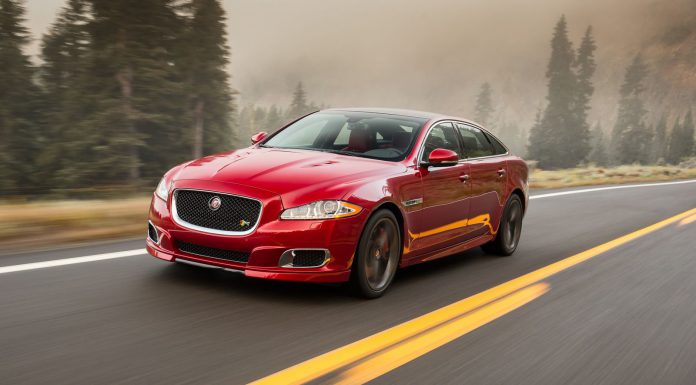
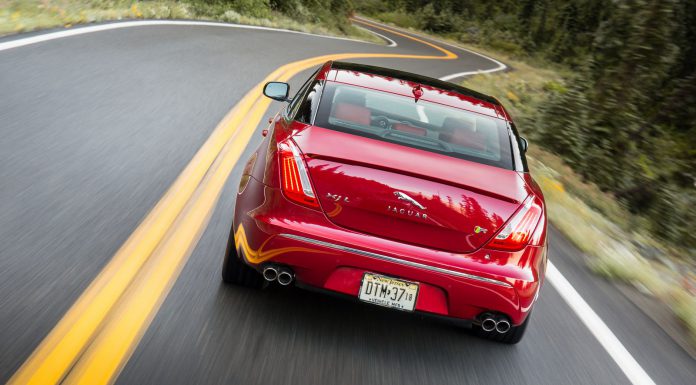





















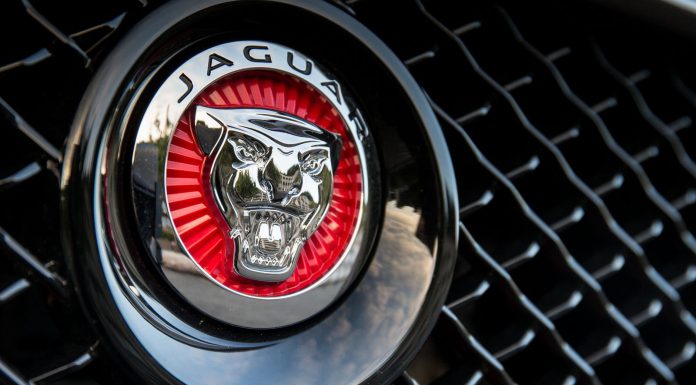
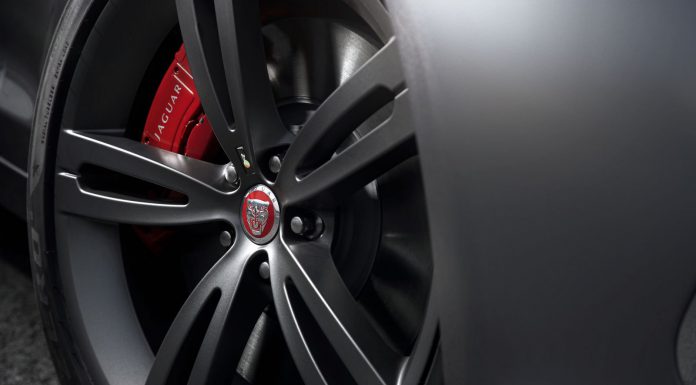


























































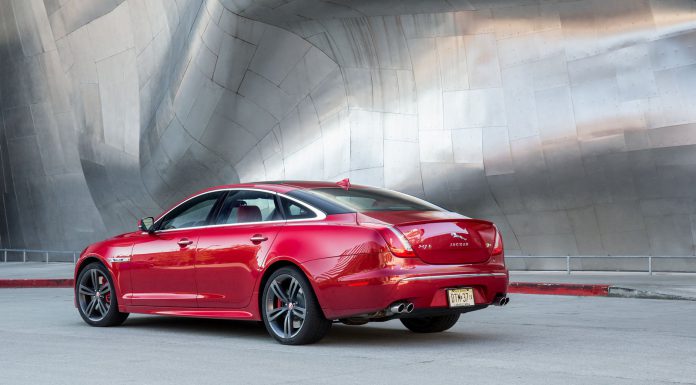













I love this car! My style completely!
My kind of Jag :)
Beautiful color, and interior design too
Some of them do it because well-known culture has celebrated such posturing and
has financially rewarded these who take component in it.
But some men and women see aggression wherever there is a
black male face.